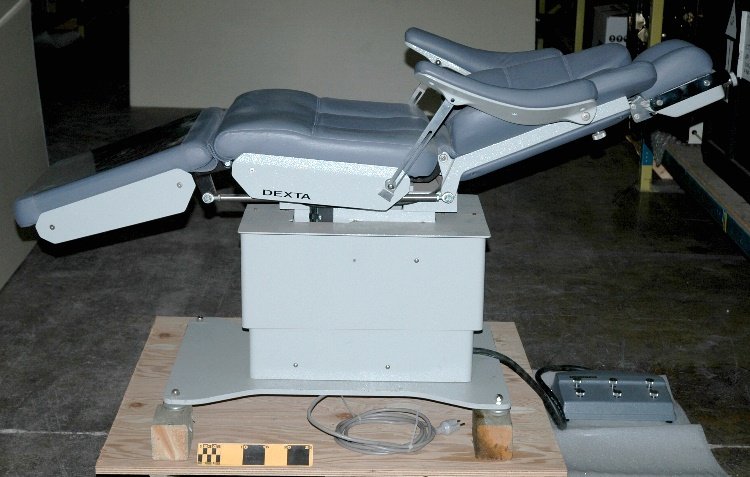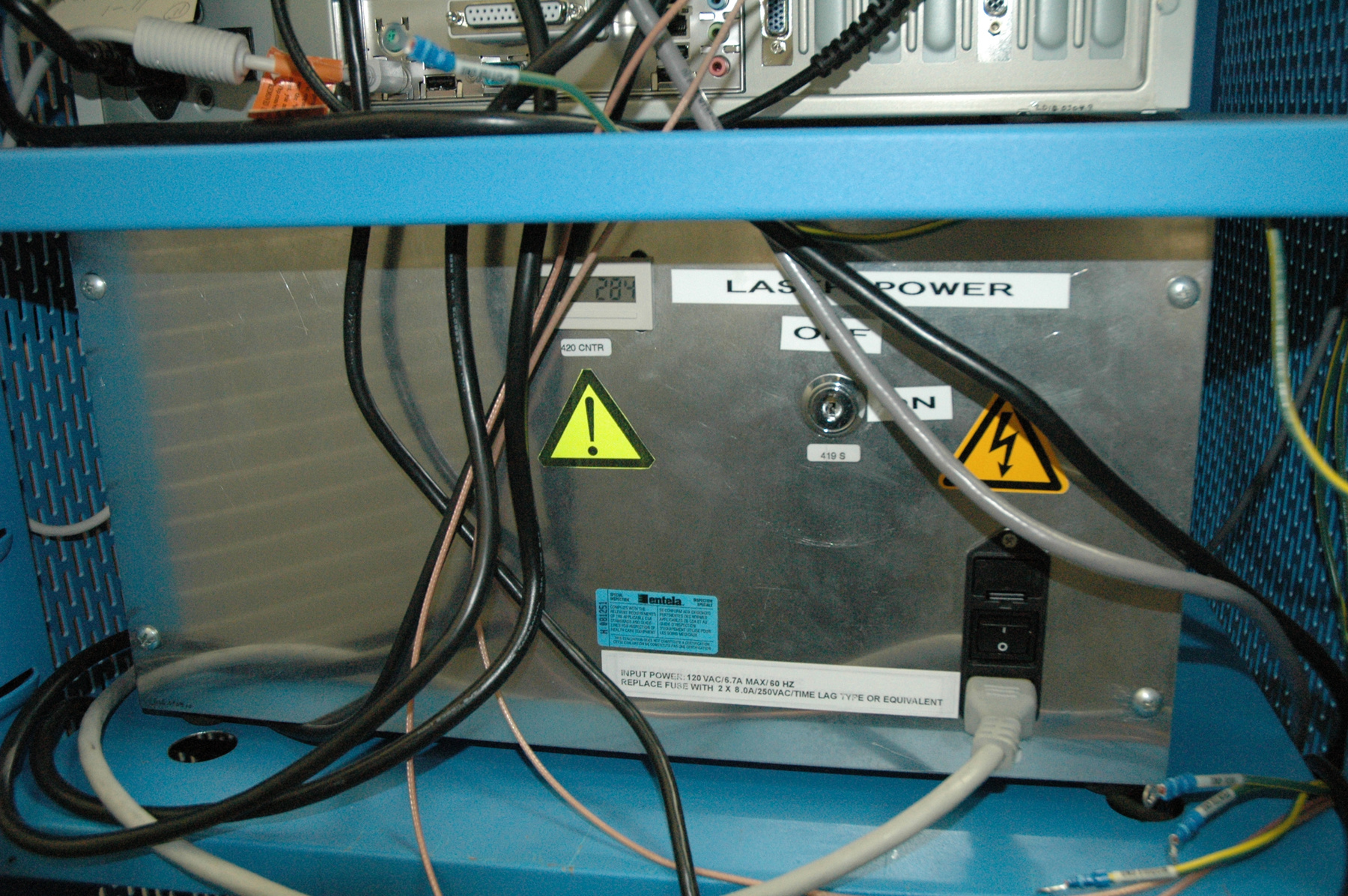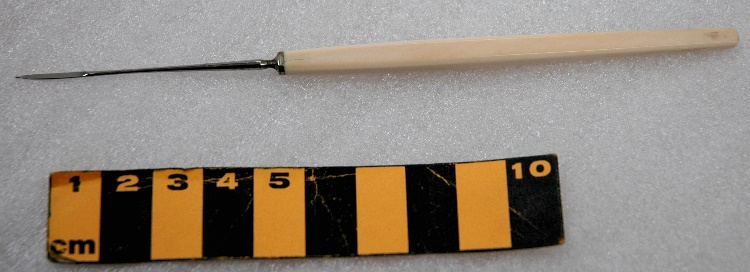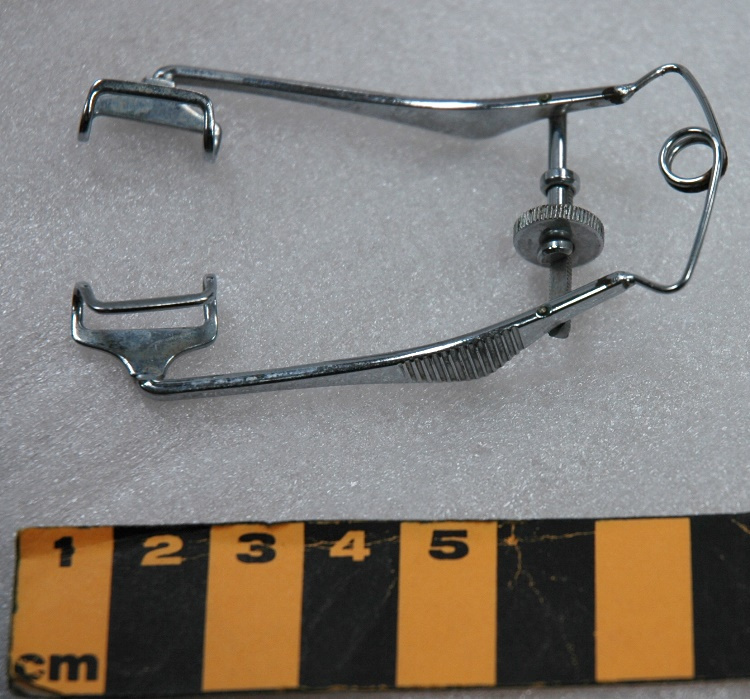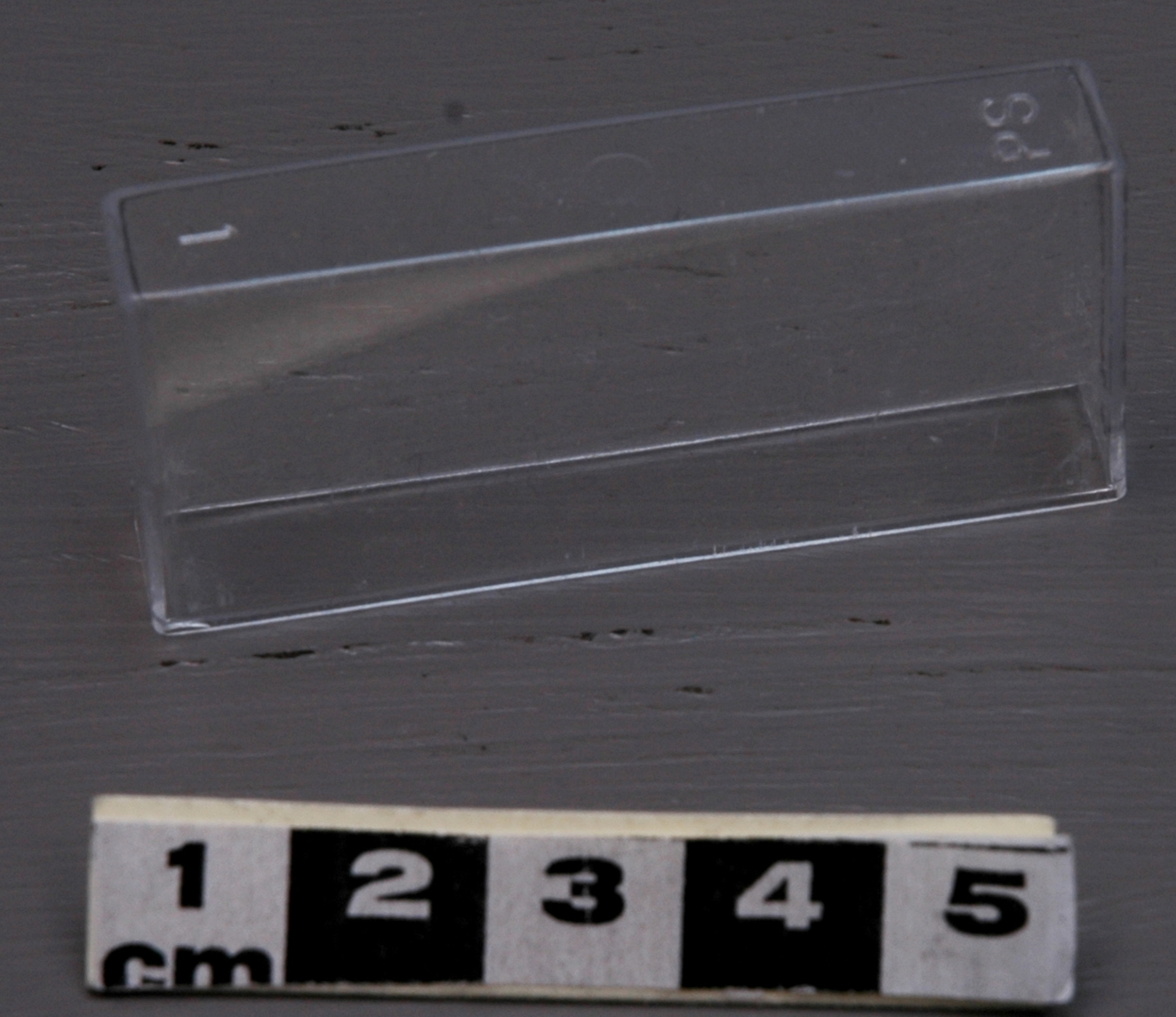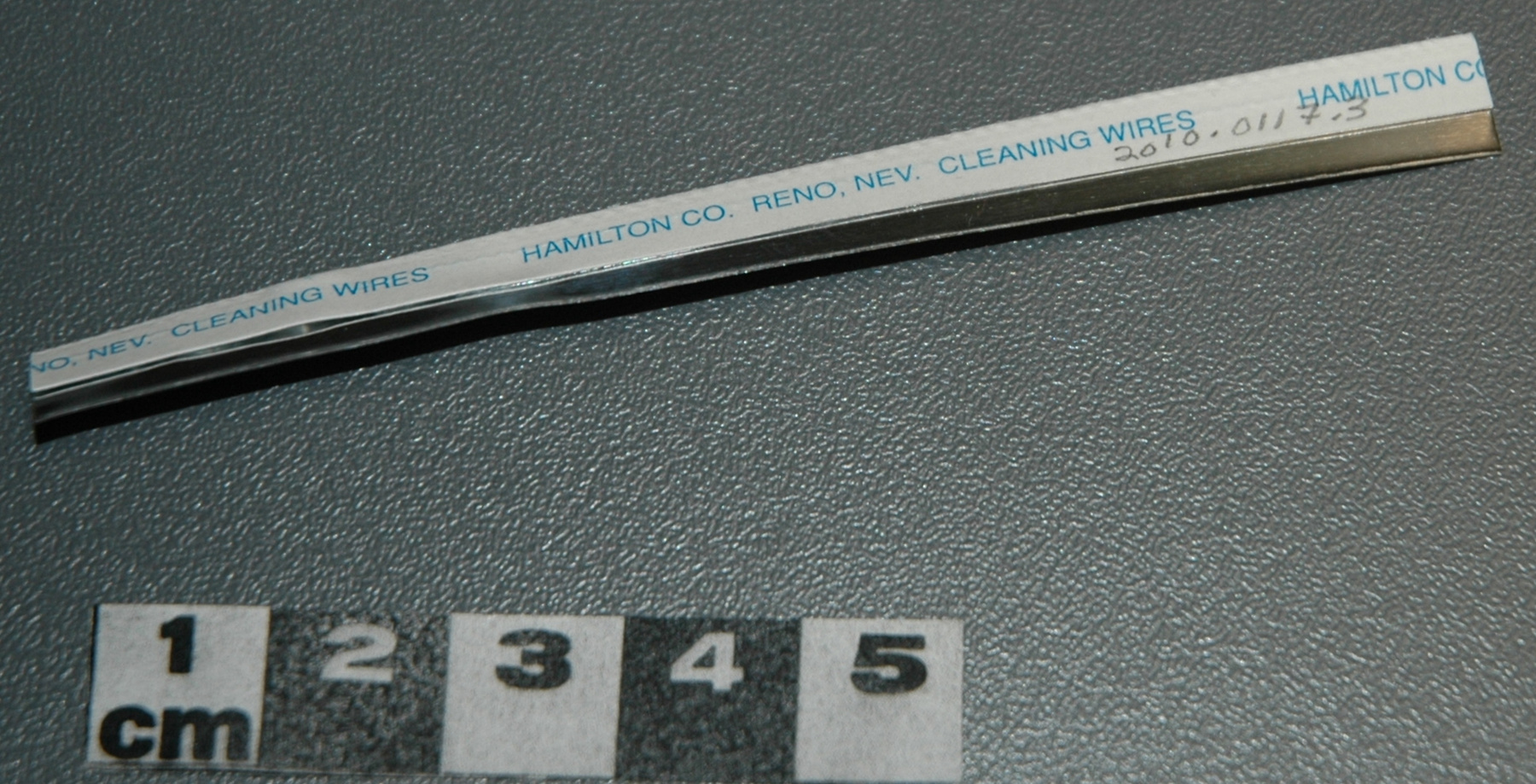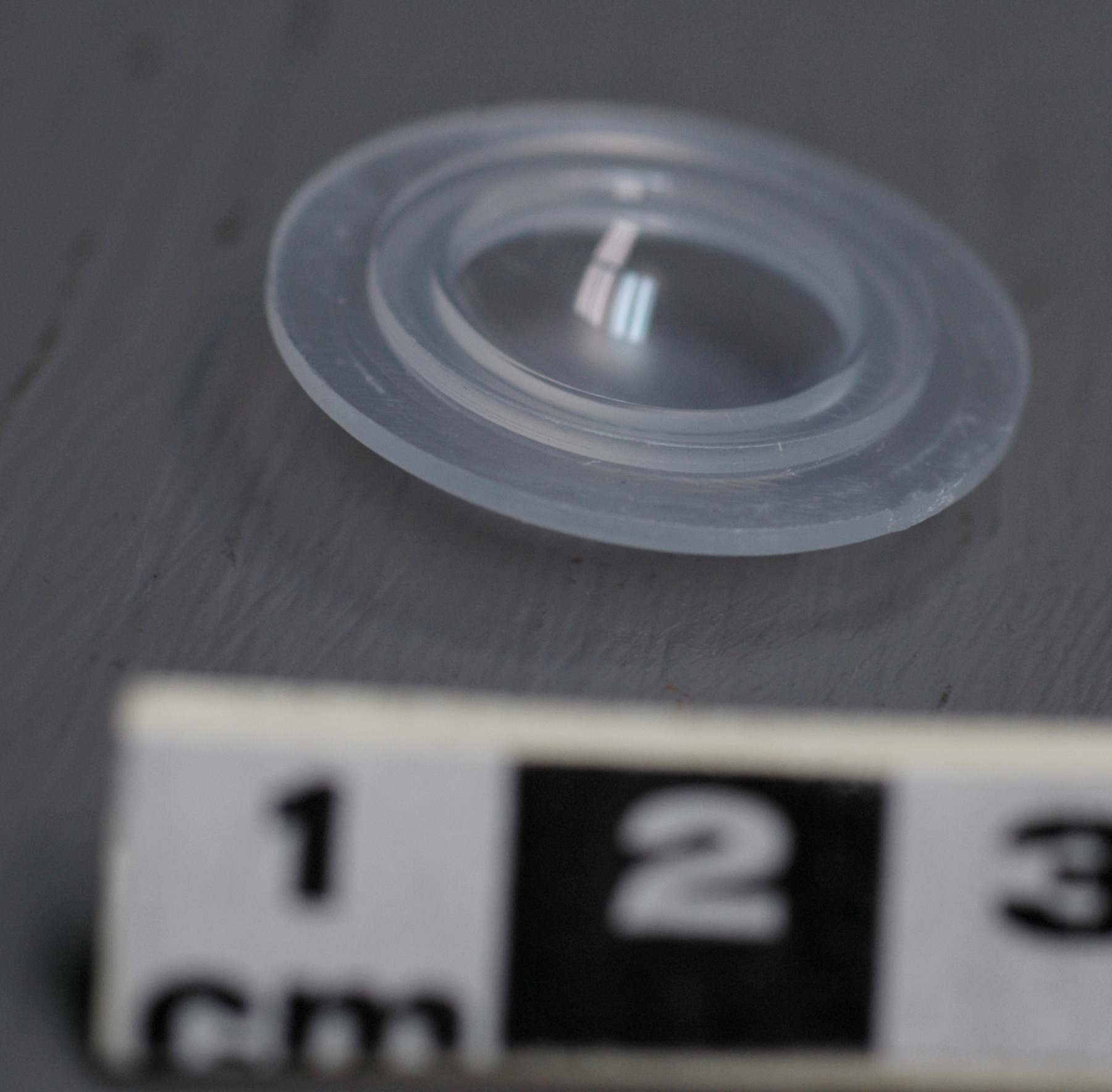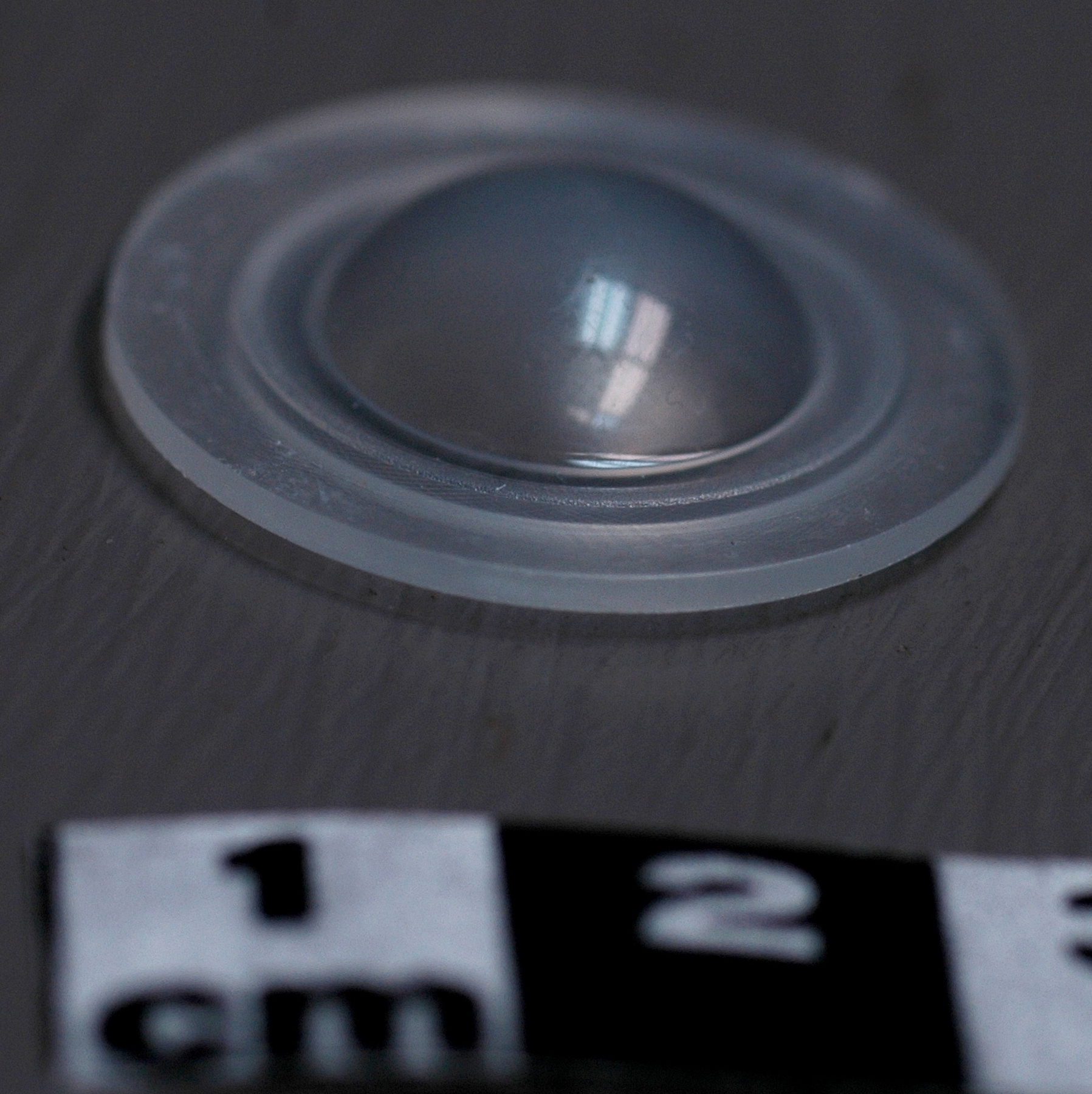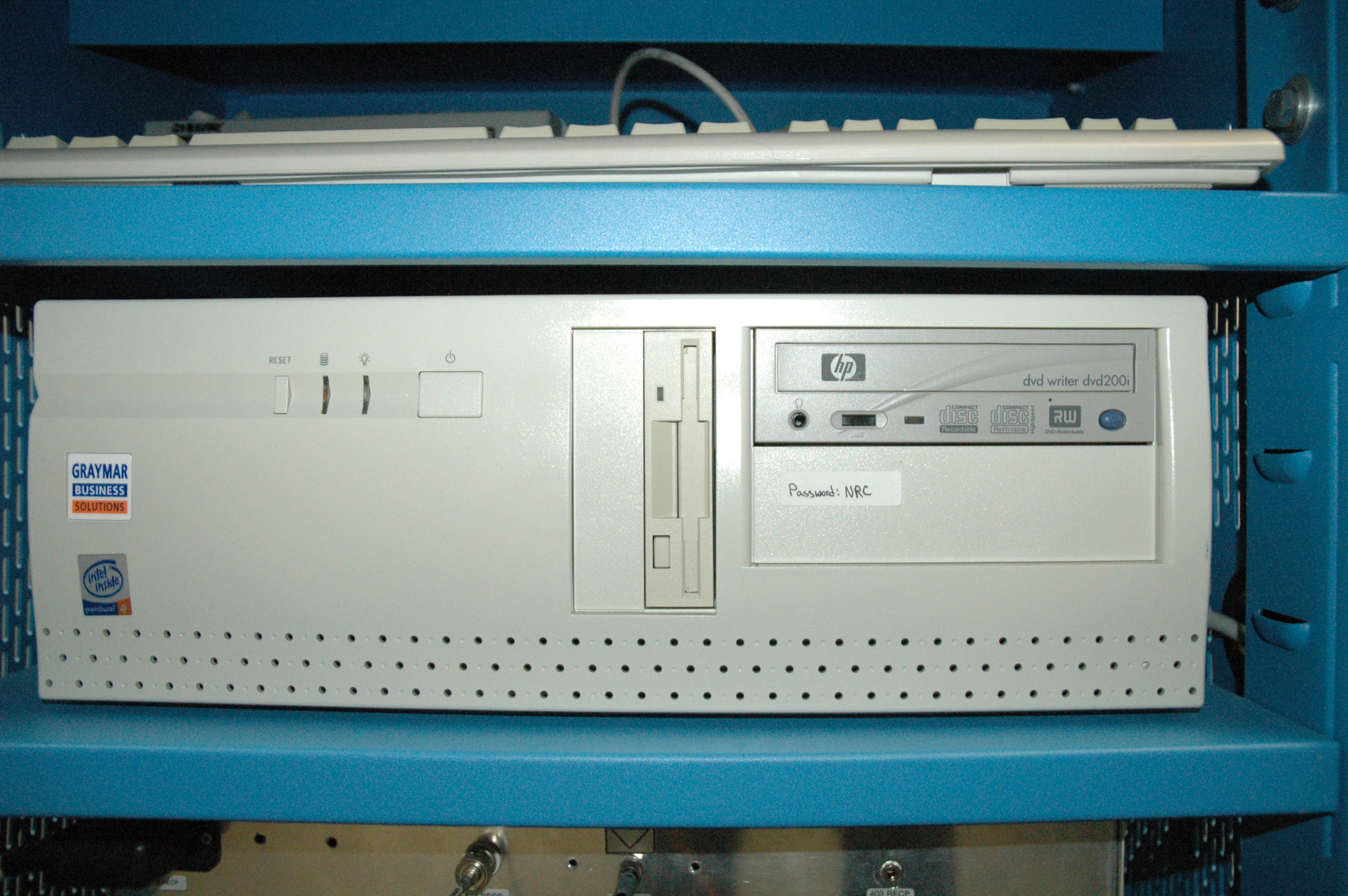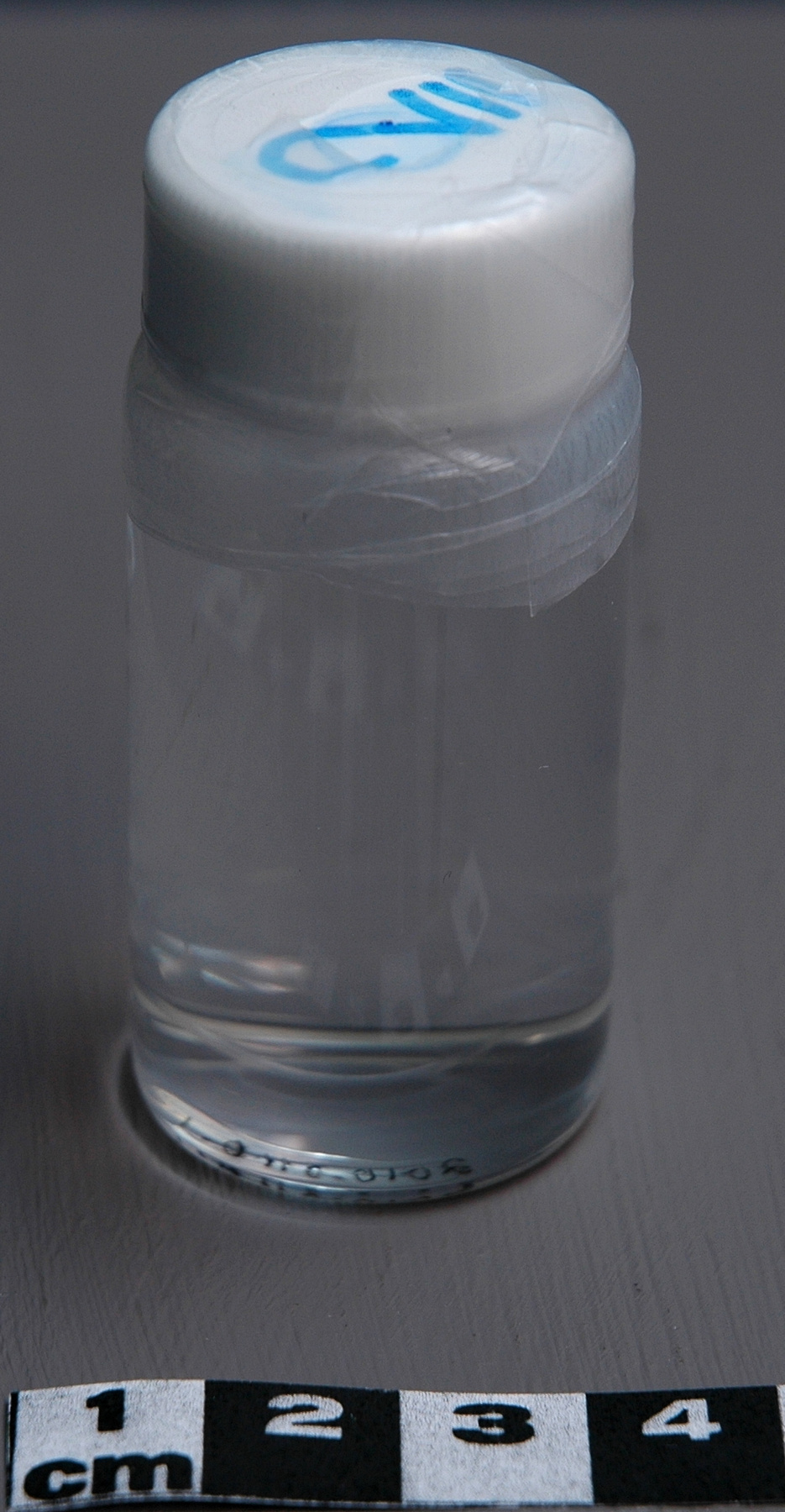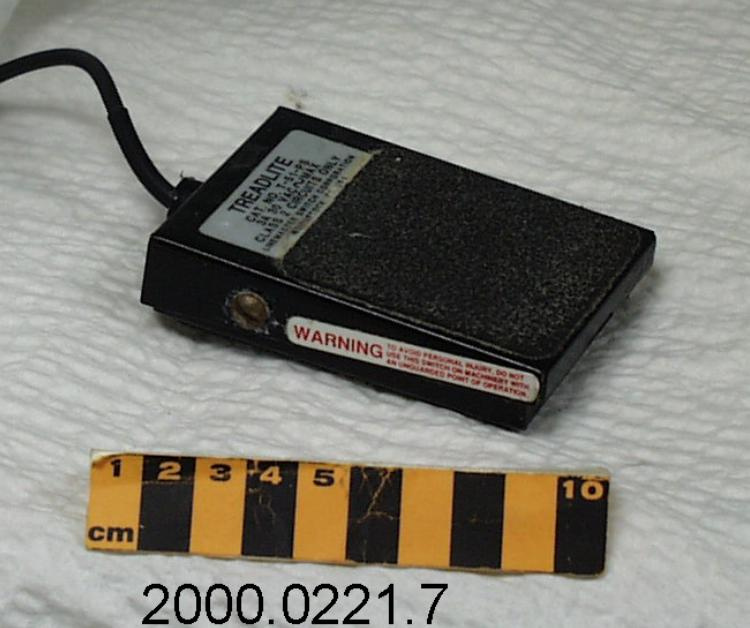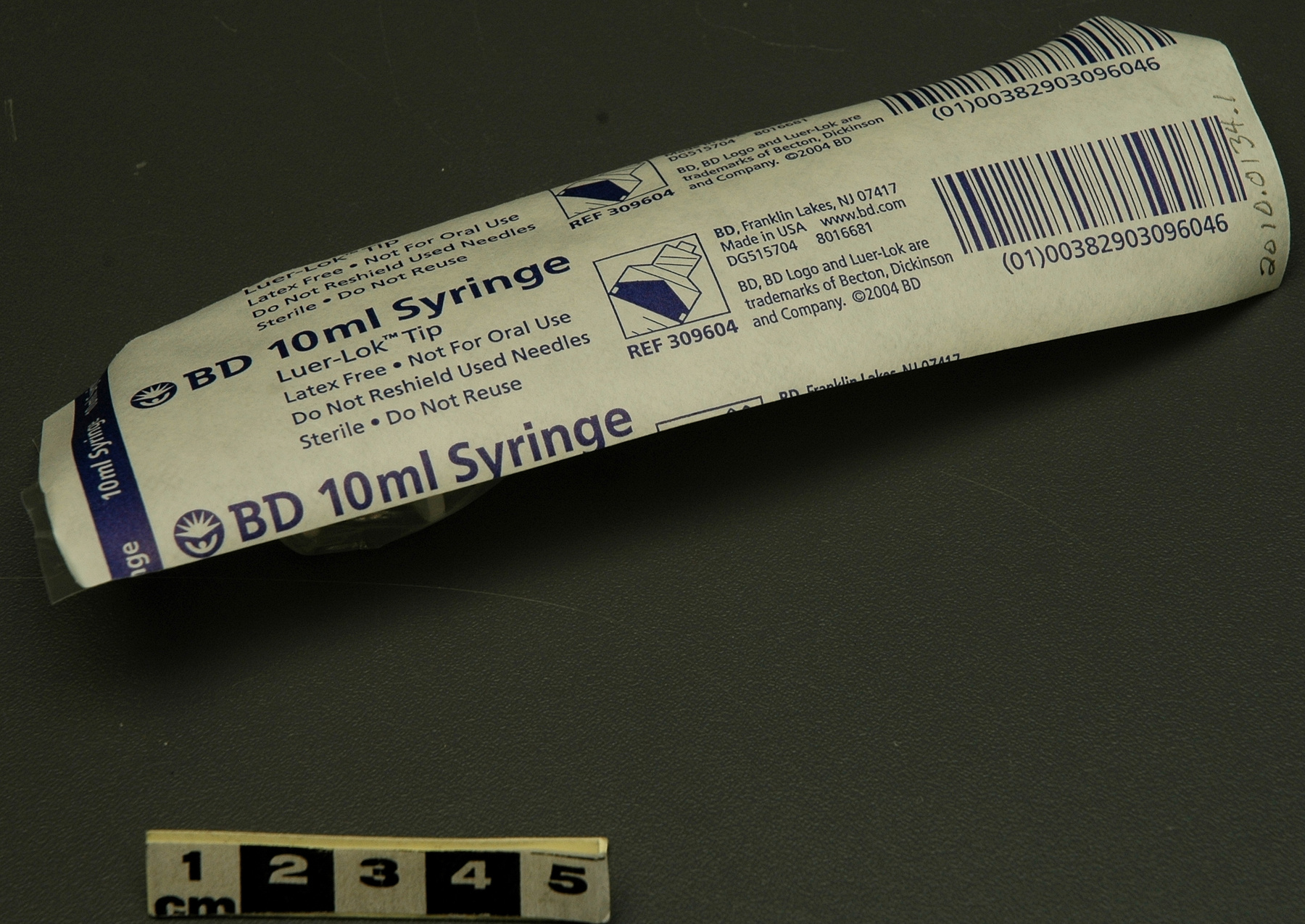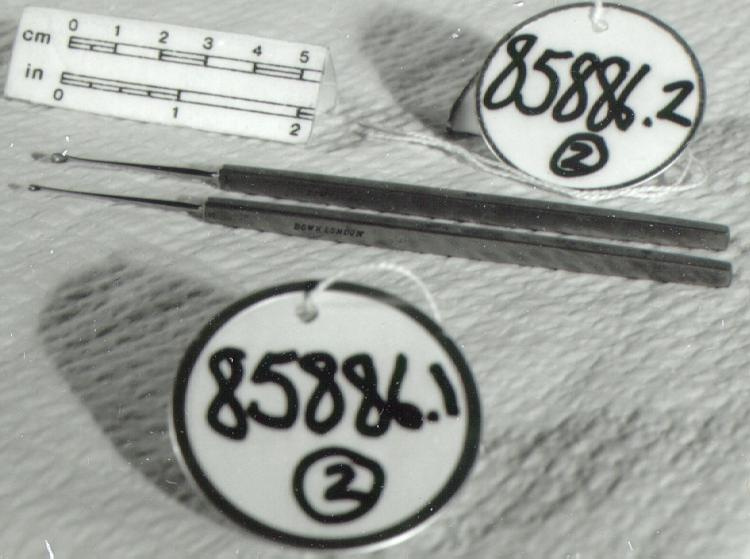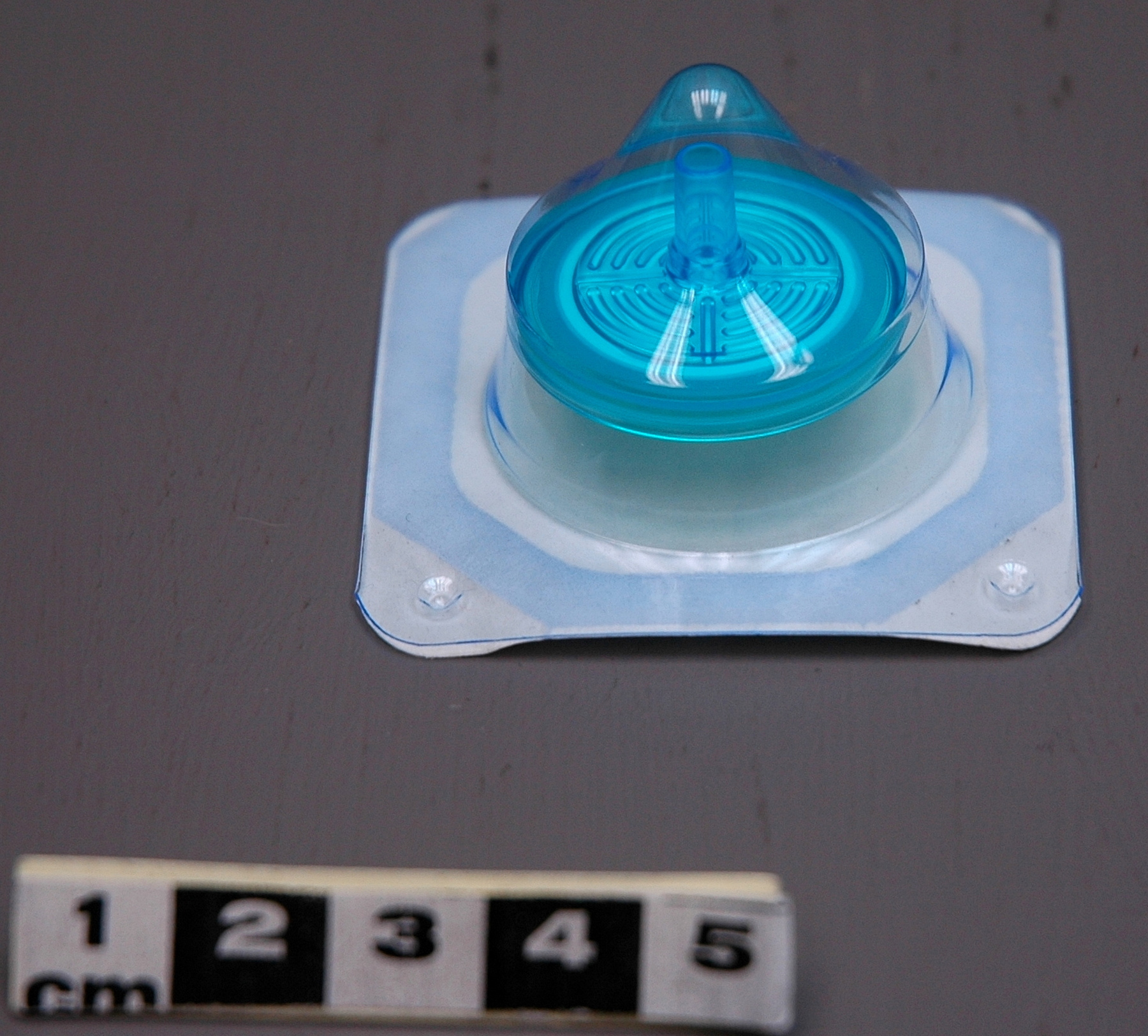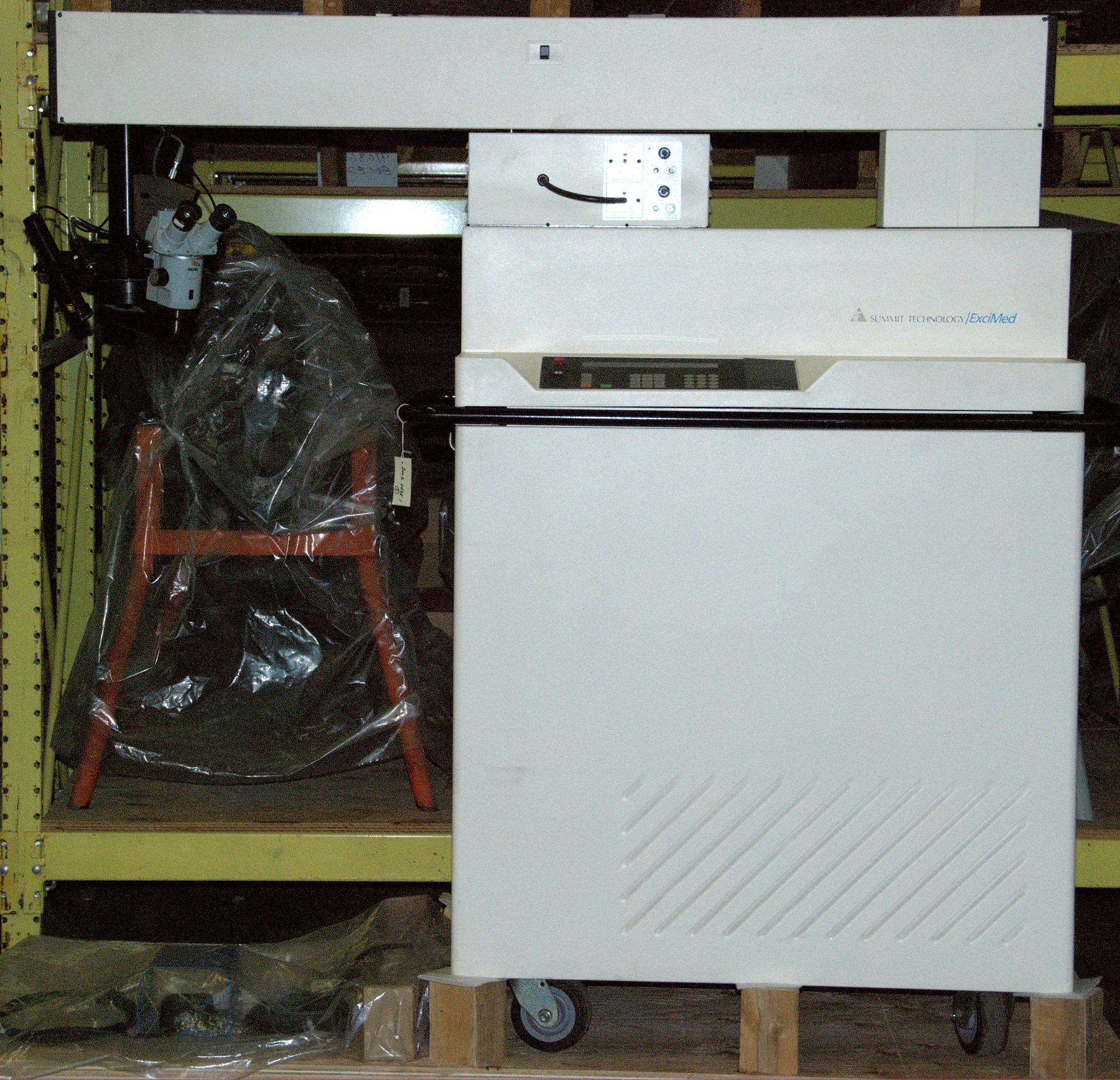Laser
Use this image
Can I reuse this image without permission? Yes
Object images on the Ingenium Collection’s portal have the following Creative Commons license:
Copyright Ingenium / CC BY-NC-ND (Attribution-NonCommercial 4.0 International (CC BY-NC 4.0)
ATTRIBUTE THIS IMAGE
Ingenium,
2002.0438.001
Permalink:
Ingenium is releasing this image under the Creative Commons licensing framework, and encourages downloading and reuse for non-commercial purposes. Please acknowledge Ingenium and cite the artifact number.
DOWNLOAD IMAGEPURCHASE THIS IMAGE
This image is free for non-commercial use.
For commercial use, please consult our Reproduction Fees and contact us to purchase the image.
- OBJECT TYPE
- excimer/ophthalmic
- DATE
- 1991
- ARTIFACT NUMBER
- 2002.0438.001
- MANUFACTURER
- Summit Technology Inc.
- MODEL
- ExciMed UV200LA
- LOCATION
- Waltham, Massachusetts, United States of America
More Information
General Information
- Serial #
- 2098
- Part Number
- 1
- Total Parts
- 5
- AKA
- N/A
- Patents
- N/A
- General Description
- Metal, glass & synthetic components.
Dimensions
Note: These reflect the general size for storage and are not necessarily representative of the object's true dimensions.
- Length
- 184.0 cm
- Width
- 68.0 cm
- Height
- 165.0 cm
- Thickness
- N/A
- Weight
- N/A
- Diameter
- N/A
- Volume
- N/A
Lexicon
- Group
- Medical Technology
- Category
- Medical equipment
- Sub-Category
- N/A
Manufacturer
- AKA
- Summit
- Country
- United States of America
- State/Province
- Massachusetts
- City
- Waltham
Context
- Country
- Canada
- State/Province
- Quebec
- Period
- Used c.1991- c.1995.
- Canada
-
This instrument is one of the earliest excimer lasers in Canada. It was used by Dr. Marvin Kwitko (1931-2002) in Montreal, QC.. Dr. Kwitko twice pioneered a new and controversial technique in eye surgery in Canada. In both instances, he championed a surgical technique that was held suspect by the established ophthalmological community, ultimately winning over the community. Both techniques are now practiced widely. In 1967 Dr. Kwitko pioneered lens implant surgery in Canada, performing the first successful series of intraocular lens implants (IOL) surgeries at Bellechasse Hospital, Montreal. He had a 90% success rate at Bellechasse, and was invited by the head of ophthalmology at St. Mary's Hospital to perform the surgery there, despite strong opposition from McGill. One of few surgeons in North America trained to perform IOL implants, Kwitko's work met hostility and opposition from most academic institutions. Ophthalmologists interested in learning the technique and comparing results with others welcomed Kwitko's 1975 conference on IOLs. Attended by over 1000 surgeons, the conference generated interest in a surgical course to teach the technique. Over 350 ophthalmic surgeons from Canada, the U.S. and Europe came to study under Kwitko in Montreal between 1975 and 1983. By then the technique had been widely adopted, and was being taught in medical schools. The second surgical technique pioneered by Dr. Kwitko was radical keratectomy (RK), the correction of vision by surgical alteration of the surface of the cornea. "Flattening" the cornea by making a series of small incisions results in light falling on the cornea to focus correctly on the retina. In 1979, Kwitko performed the first radical keratectomy in Canada at St. Mary's Hospital in Montreal. In 1990 Canada received it's first Excimer laser, and asked Dr. Kwitko to chair its advisory committee on the use of this laser. In 1995 Health Canada concluded that eye surgery using the laser is safe and effective, and since then it has been used in thousands of operations. The procedure is called photorefractive keratectomy (PRK): the laser is used to 'sculpt' the cornea. Requiring less dexterity, many more surgeons adopted the PRK technique. (ref. 1) - Function
-
Used to remove a thin layer of the cornea to correct short sightedness. - Technical
-
Laser is an acronym for Light Amplification by Stimulated Emission of Radiation. A laser is a source of monochromatic, coherent, collimated light. Excimer is an acronym for EXCIted diMER. "Excited dimer" is the term used to describe the excited complex formed when a gas mixture containing an inert gas and a halogen in certain proportions is excited by a strong energy source. In an excimer laser, a temporary diatomic excited rare gas halide is formed in the discharge plasma inside the laser resonator. When this complex decays to its ground (unexcited) state it emits a high energy photon of ultraviolet light. In the UV200LA laser system, some of the photons are emitted along the optical axis. The position of the optics ensure that only photons travelling along the optical axis are amplified. A high intensity pulse of laser radiation is produced. When manipulated by the instrument, the laser beam has the proper characteristics of size, shape and energy density for [defined] surgical procedures.[ L43933] Medical lasers began to be used for corrective eye surgery in the late 1980s. The ExciMed UV200LA is an excimer laser system designed specifically for ophthalmology. - Area Notes
-
Unknown
Details
- Markings
- All controls, connections, etc. labelled. Markings on unit front include "[logo] SUMMIT TECHNOLOGY/ ExciMed" & "UV200" on front. 3 decals on left front side, near keypad bear bilingual text: "DANGER- EXPLOSION HAZARD/ DO NOT USE IN THE PRESENCE OF/ FLAMMABLE ANAESTETICS" [& French text]; "CAUTION: THIS EQUIPMENT HAS BEEN INVESTIGATED WITH/ REGARD TO SAFETY FROM ELECTRICAL SHOCK AND FIRE/ HAZARD. THE INSPECTION AUTHORITY HAS NOT INVESTI-/ GATED OTHER PHYSIOLOGICAL EFFECTS." [& French text]; and "CAUTION: TOTAL SYSTEM CHASSIS RISK/ CURRENT SHOULD NOT EXCEED 100uA" [& French text]. Decals on front left side panel read "DANGER/ VISIBLE AND INVISIBLE LASER/ RADIATION. AVOID UNINTENDED EYE/ OR SKIN EXPOSURE TO DIRECT/ REFLECTED OR SCATTERED RADIATION/ HE-NE LASER/ MAX POWER 200 uW CW/ EXCIMER LASER/ MAX AVERAGE POWER 10 W/ MAX OUTPUT ENERGY 200 mJ/ PULSE/ PULSE DURATION 5-10 ns/ WAVELENGTH 193ns/ ARGON FLUORIDE Class IV Laser Product/ 70006 REV. A"; "Investigational device in/ Canada to be used by/ qualified investigators only." [& French text]; and "CAUTION/ Investigational Device/ within the U.S.A. Only/ for exportation from the/ United States./ 700050 REV. B". Plate on back left side reads "[logo]/ SUMMIT TECHNOLOGY INC./ 21 HICKORY DRIVE, WALTHAM MA 02154/ MODEL UV200LA Serial Number 2098/ [logo]/ MANUFACTURED MARCH, 1991 100V- I5A 60Hz/ Complies with DIN VDE 0871-B./ Complies with CFR Title 21, Chapter 1, Subchapter J 1040.10 and 1040.11 for/ Class IV lasers./ Manufactured under one or more of the following US patents: 4,704,583; 4,686,979; 4,941,093; 4,856,513; 4,719,641; 4,709,373; 4,862,886; 4,994,058./ MADE IN USA/ 700070 REV. A". 2 decals, above: one partially obscurs the other. White decal applied directly to unit casing reads in part "Special Inspection Health Care Equipment/ Model UV200/ Serial/ 2096/ File No./ 30093-2/ Risk Class 2G/ Electromedical X X-Ray [blank] Labratory [blank]; [& French text]. Blue decal applied over the top of original decal reads "SPECIAL INSPECTION SERVICE/ CANADA STANDARDS ASSOCIATION/ C273059/ EVALUATION BASED ON PROGRAM/ GUIDELINES FOR ELECTRICAL/ ELECTRONIC AND HEALTH-CARE/ EQUIPMENT. ON BEHALF OF/ INSPECTING PROVINCE AND/ TERRITORIES/ THIS EVALUATION DOES NOT CONSTITUTE/ A CERTIFICATE" [& French text]. Small clear decal to left of plate reads "CAUTION Investigational Device/ Limited by Federal Law/ To Investigational Use." 2nd clear decal, below, reads "This Product Conforms to the/ DHHS Performance Standards/ CFR Title 21, Chapter 1,/ Subchapter J'. Decal on right rear corner reads "DANGER/ VISIBLE AND INVISIBLE LASER/ RADIATION- AVOID UNINTENDED/ EYE OR SKIN EXPOSURE TO DIRECT/ REFLECTED OR SCATTERED RADIATION/ HE-NE LASER/ MAX POWER 20mW CW/ EXCIMER LASER/ MAX AVERAGE POWER: 10w/ MAX OUTPUT ENERGY: 250 mJ/ PULSE/ PULSE DURATION: 5-10 ns/ WAVELENGTHS: 193 nm/ ARGON FLUORIDE Class IV Laser Product." Microscope markings include "ZEISS/ West Germany"; "Carl Zeiss/ OPMI 1/ 208180 T*"; "DANGER/ INVISIBLE LASER RADIATION/ WHEN ENCLOSURE OPEN/ AVOID EYE OR SKIN EXPOSURE TO/ DIRECT OR SCATTERED RADIATION/ 700061 REV. B". "LASER APERTURE [down pointing arrow]" marked twice on each laser aperature tube. All microscope settings, etc. labelled.
- Missing
- Believed to be complete.
- Finish
- Predominantly off-white wrinkle-textured enamel finish. Black enamel painted rail surrounds one end of unit; fitted with 4 synthetic wheels. Black & white synthetic fittings and trim. 'Zeiss' microscope suspended from one end has black & grey enamel finish.
- Decoration
- N/A
CITE THIS OBJECT
If you choose to share our information about this collection object, please cite:
Summit Technology Inc., Laser, 1991, Artifact no. 2002.0438, Ingenium – Canada’s Museums of Science and Innovation, http://collection.ingeniumcanada.org/en/id/2002.0438.001/
FEEDBACK
Submit a question or comment about this artifact.
More Like This
